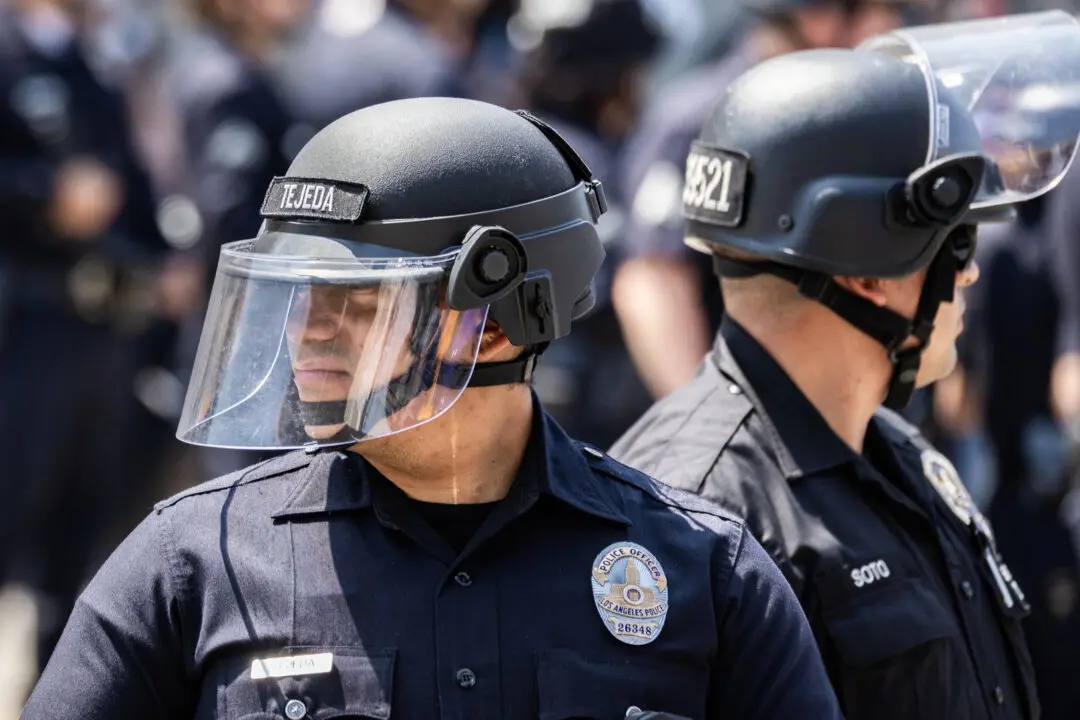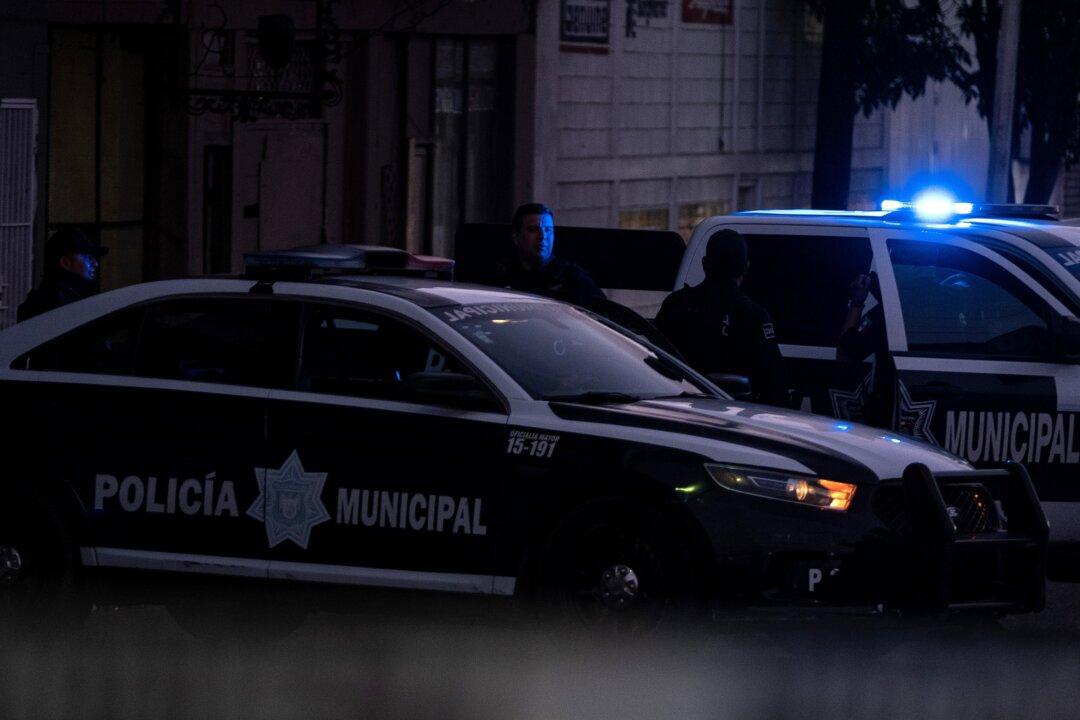LOS ANGELES—Hackers have released some data stolen in a cyberattack against the Los Angeles Unified School District (LAUSD), according to a newspaper report Oct. 2.
The data were released Oct. 1—two days before a deadline previously given by the hackers—in an apparent response to LAUSD Superintendent Alberto Carvalho’s stated refusal to pay money to an international hacking syndicate, the Los Angeles Times reported.





